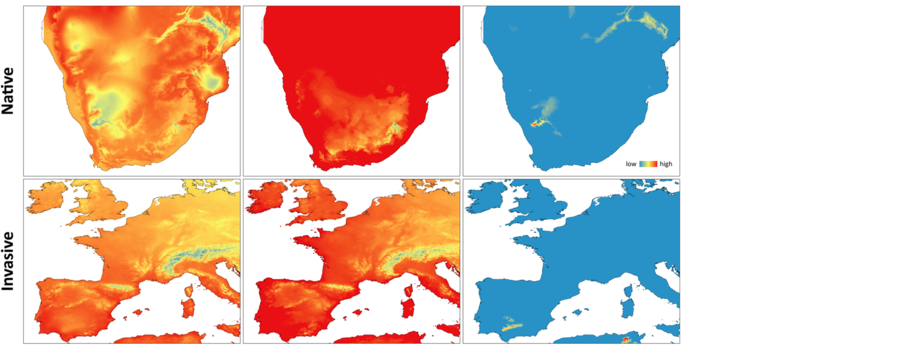
Ecophysiological models for global invaders: Is Europe a big playground for the African clawed frog?
One principle threat prompting the worldwide decline of amphibians is the introduction of nonindigenous amphibians. The African Clawed Frog, Xenopus laevis, is now one of the widest distributed amphibians occurring on four continents with ongoing range expansion including large parts of Europe. Species distribution models (SDMs) are essential tools to predict the invasive risk of these species. Previous efforts have focused on correlative approaches but these can be vulnerable to extrapolation errors when projecting species' distributions in nonnative ranges. Recent developments emphasise more robust process‐based models, which use physiological data like critical thermal limits and performance, or hybrid models using both approaches. Previous correlative SDMs predict different patterns in the potential future distribution of X. laevis in Europe, but it is likely that these models do not assess its full invasive potential. Based on physiological performance trials, we calculate size and temperaturedependent response surfaces, which are scaled to geographic performance layers matching the critical thermal limits. We then use these ecophysiological performance layers in a standard correlative SDM framework to predict the potential distribution in southern Africa and Europe. Physiological performance traits (standard metabolic rate and endurance time of adult frogs) are the main drivers for the predicted distribution, while the locomotor performance (maximum velocity and distance moved in 200 ms) of adults and tadpoles have low contributions.






